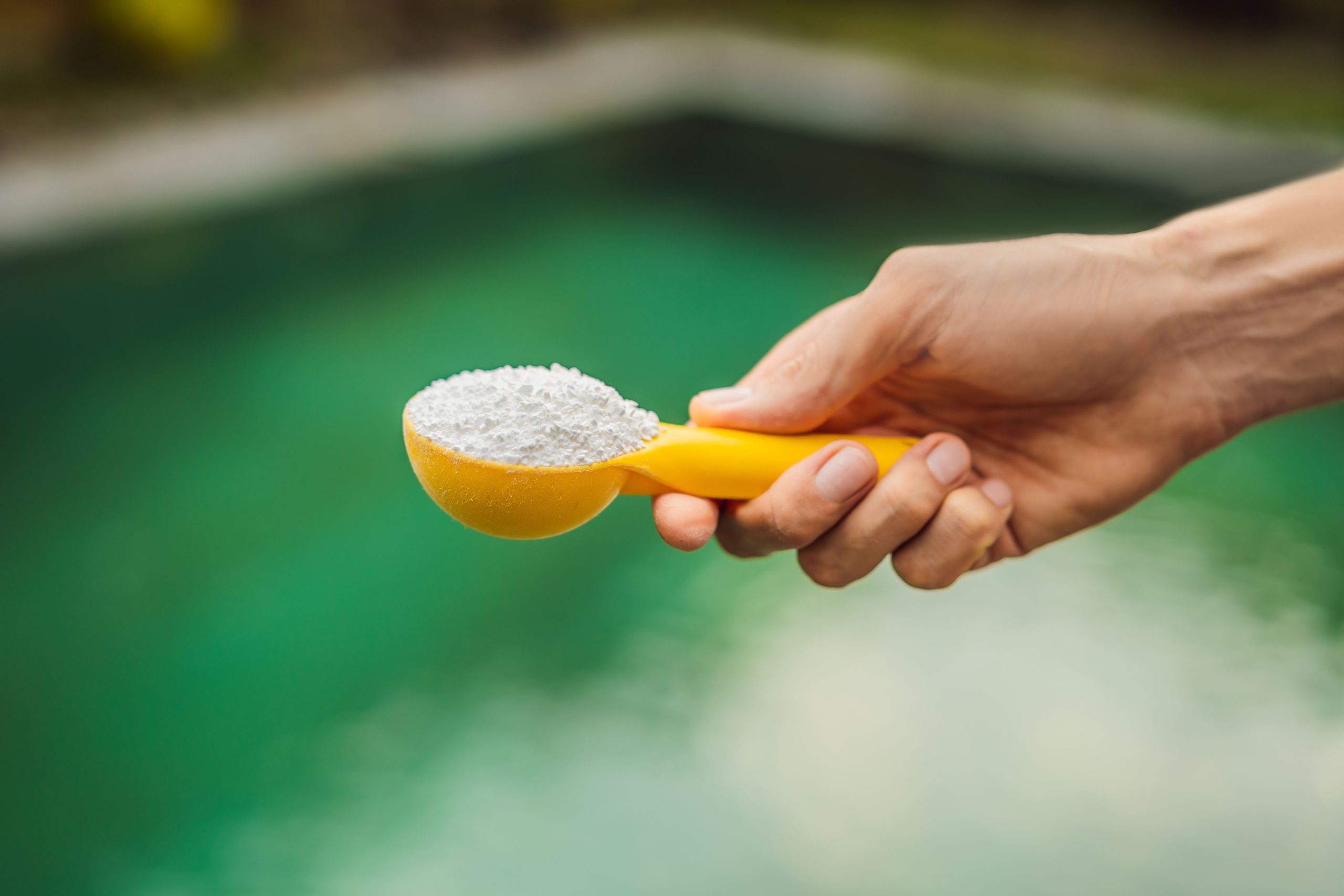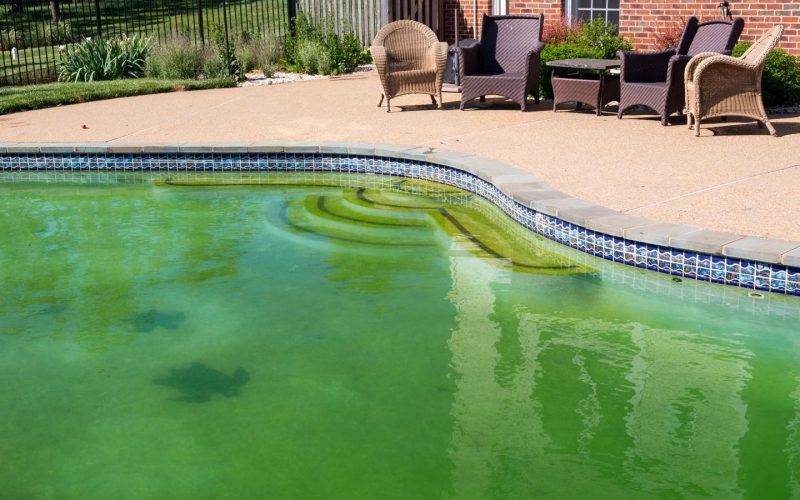Pools, oases of refreshment and leisure, can quickly turn into eyesores and health hazards when plagued by the dreaded green pool water. This unsightly phenomenon, caused by an overgrowth of algae, not only mars the aesthetic appeal of your pool but also poses health risks due to the presence of harmful microorganisms. However, fret not, for this guide will equip you with the knowledge and strategies to effectively combat green pool water and restore your pool to its crystal-clear glory.
Understanding the culprit: unveiling the causes of green pool water
Before embarking on the quest to eliminate green pool water, it is crucial to identify the underlying causes that foster this unwelcome growth. Several factors can contribute to the proliferation of algae in your pool:
- Inadequate sanitation: Improper pool maintenance, such as infrequent chlorine or chemical treatment, allows algae to flourish in the absence of effective sanitizers.
- Imbalanced chemistry: Maintaining the proper balance of pool chemicals, particularly chlorine and pH levels, is essential for algae prevention. Imbalanced chemistry creates an environment conducive to algae growth.
- Excessive organic matter: Organic debris, such as leaves, twigs, and dead insects, can introduce nutrients into the pool, providing a feast for algae.
- Environmental factors: External factors like excessive sunlight, warm temperatures, and high humidity can accelerate algae growth.
Combating the green menace: a step-by-step guide to pool restoration
Once you’ve identified the culprits behind your green pool water, it’s time to take action and restore your pool to its pristine state. Follow these steps to effectively eliminate algae and prevent their return:
- Shock chlorination: Administer a shock dose of chlorine to rapidly kill existing algae. Follow the recommended dosage instructions for your pool size and chlorine type.
- Thorough cleaning: Manually remove visible algae and debris from the pool walls, floor, and skimmer baskets. Use a pool brush to dislodge stubborn algae and a vacuum to collect debris.
- Chemical balance: Test and adjust pool water chemistry to ensure optimal levels of chlorine, pH, and other essential chemicals. Maintain proper chemical balance to prevent algae regrowth.
- Ongoing maintenance: Establish a regular pool maintenance routine that includes:
- Regular chlorine treatment: Add chlorine according to the recommended schedule to maintain an effective sanitizer level.
- Regular chemical testing: Test pool water chemistry weekly to identify and correct any imbalances promptly.
- Skimming and vacuuming: Skim the pool surface daily and vacuum at least once a week to remove debris and prevent algae growth.
- Preventive measures: Implement preventive measures to minimize algae growth:
- Limit organic matter: Minimize the entry of organic debris into the pool by covering it when not in use and regularly removing leaves and other debris from the surrounding area.
- Control sunlight: Reduce direct sunlight exposure to the pool by shading trees or installing pool covers.
- Consider algicides: Consult a pool professional about using algicides as a preventive measure to further inhibit algae growth.

Possible causes of green pool water: unveiling the culprits behind the cloudy depths
Green pool water, a bane to pool owners and a disruption to aquatic leisure, can be caused by a variety of factors. Understanding these underlying causes is crucial for effective remediation and prevention.
- Inadequate chlorination: Chlorine, the primary sanitizer in pools, effectively eliminates algae and other microorganisms. Insufficient chlorine levels allow algae to thrive, turning the pool a murky green.
- Imbalanced chemistry: Maintaining proper pool chemistry, particularly chlorine and pH levels, is essential for algae control. Imbalanced chemistry, such as high pH, can render chlorine ineffective, creating a haven for algae growth.
- Excessive organic matter: Organic debris, such as leaves, twigs, and dead insects, introduces nutrients into the pool, providing sustenance for algae proliferation.
- Environmental factors: External factors like excessive sunlight, warm temperatures, and high humidity can accelerate algae growth, creating a favorable environment for their rapid multiplication.
- Faulty pool equipment: Malfunctioning pool equipment, such as pumps, filters, or chlorinators, can hinder proper water circulation and sanitization, leading to algae buildup.
- Poor pool maintenance: Neglecting regular pool maintenance, such as skimming, vacuuming, and chemical testing, allows algae to accumulate and flourish, transforming the pool into a green expanse.
- Incorrect water source: Using untreated or contaminated water sources can introduce algae spores and other microorganisms into the pool, leading to rapid algae growth.
- Overcrowding: Heavy pool usage, especially during hot weather, can overwhelm the pool’s sanitization system and filtration capabilities, allowing algae to take hold.
- Fertilizer runoff: Nearby lawns or gardens fertilized with excessive nutrients can cause these nutrients to seep into the pool, fueling algae growth.
- Contaminated swimmers: Swimmers carrying lotions, sunscreens, or personal care products can introduce these substances into the pool, potentially providing nutrients for algae to thrive.
Conclusion
Green pool water, while an unsightly and potentially hazardous nuisance, can be effectively tackled with proper understanding, proactive measures, and consistent maintenance. By following the outlined steps, you can transform your once green pool into a sparkling oasis of refreshment and enjoyment. Remember, prevention is key to maintaining a healthy and inviting pool, so embrace regular maintenance and relish the refreshing dip in your crystal-clear pool.
Visit: canned water.

